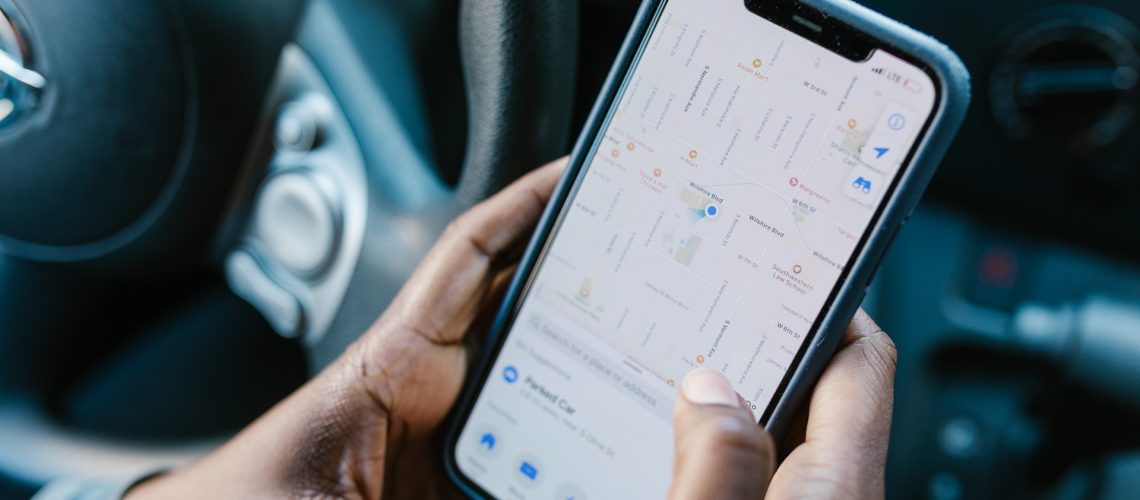GPS, or Global Positioning System, has become an essential part of modern navigation and tracking systems. It is a satellite-based navigation system that uses a network of satellites orbiting the Earth to provide accurate location information. In this blog post, we’ll explore the technology behind GPS and how it works.
GPS was developed by the United States Department of Defense and was initially used for military purposes. However, it is now widely used in a range of applications, from navigation to surveying to tracking. GPS works by using a network of satellites to transmit signals to GPS receivers on the ground. These signals contain information about the satellite’s position and the time the signal was transmitted.
GPS receivers on the ground use the signals from at least four GPS satellites to determine their location on the Earth’s surface. The receivers measure the time it takes for the signals to travel from the satellites to the receiver. By knowing the time the signal was transmitted and the time it was received, the receiver can determine the distance between itself and each satellite. By measuring the distances to at least four GPS satellites, the receiver can triangulate its position on the Earth’s surface.
The accuracy of GPS is dependent on a variety of factors, such as the number of satellites in view, the quality of the receiver, and atmospheric conditions. The U.S. government has deliberately degraded the accuracy of GPS signals for civilian use in the past, but this is no longer the case. Today, civilian GPS receivers can determine their location with an accuracy of around 10 meters, while military-grade GPS can be even more precise.
GPS has a range of uses, from navigation to tracking to surveying. In the navigation field, GPS is used in vehicles, ships, and aircraft to provide accurate location information and route guidance. GPS is also used in surveying to measure distances and create accurate maps. In the tracking field, GPS is used to track the location of people, animals, and vehicles, including fleet tracking for businesses.
In recent years, GPS technology has seen significant advancements, leading to increased accuracy and functionality. For example, some GPS receivers can now receive signals from both GPS and other satellite systems, such as GLONASS, which can improve accuracy in areas where GPS signals are weak. Additionally, new GPS receivers can now receive signals from both satellites and cellular networks, providing even more accurate location information.
In conclusion, GPS is a powerful technology that has revolutionized navigation and tracking systems. It works by using a network of satellites to transmit signals to GPS receivers on the ground, which then determine their location on the Earth’s surface. GPS is used in a range of applications and has seen significant advancements in recent years, making it even more accurate and functional. By understanding how GPS works, we can appreciate the power of this technology and its impact on our daily lives.
If you have any questions about GPS or how it can be applied to your business or personal life, LB Technology is here to help. Our team of experts can provide you with the information and guidance you need to make the most of this powerful technology. Contact us today to learn more about GPS and our range of tracking solutions.
